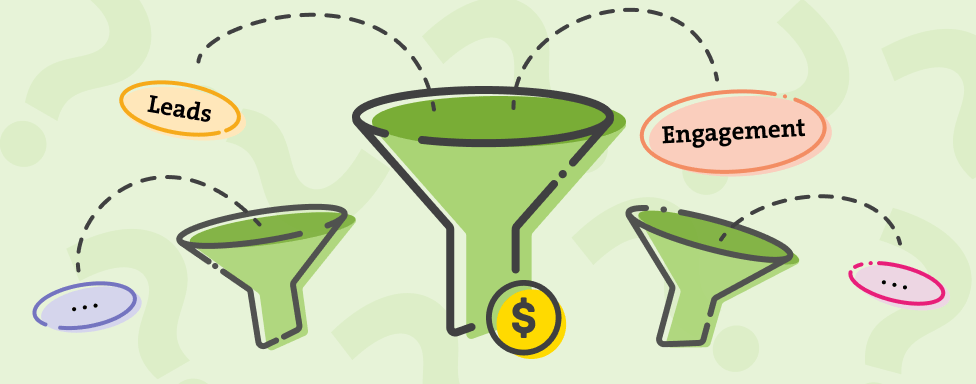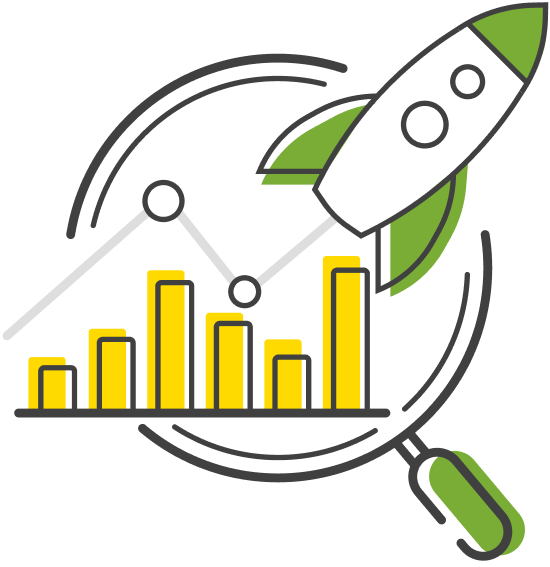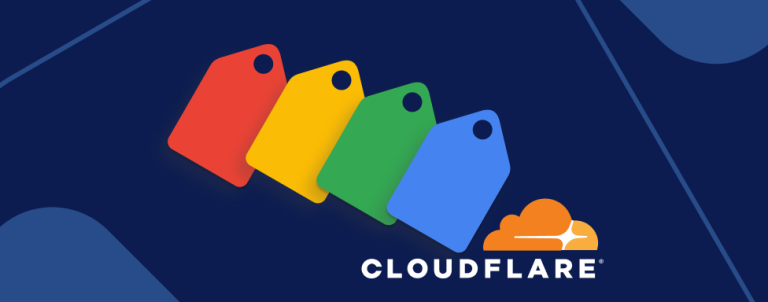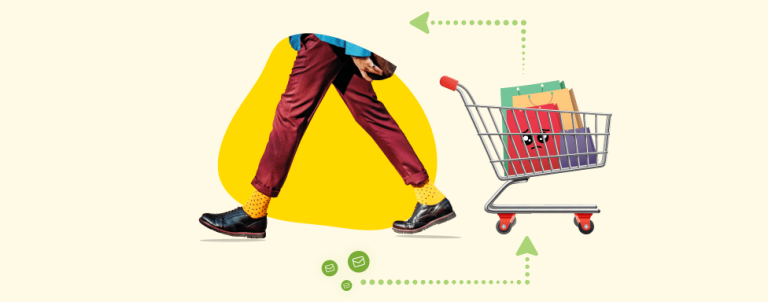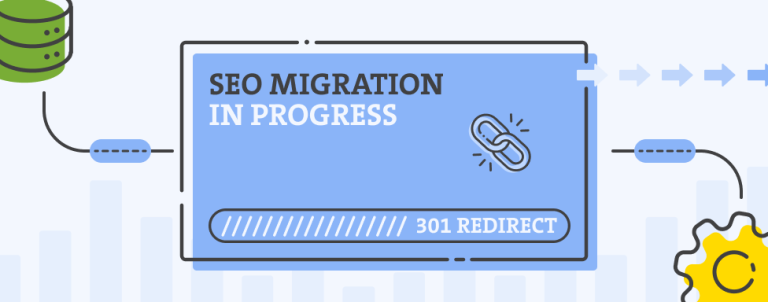The Marketing funnel—that sweet little brightly colored cone that’s meant to make your life easier, but it really doesn’t. If you’re a marketer and can’t relate to my previous sentence, you could still find it interesting to learn about marketing funnels from a different perspective.
If you find yourself in the first sentence, this article is definitely written for you. In the rest of the blog, you’ll learn about the only marketing funnel logic you’ll need to get started with content creation. You’ll learn how to adjust your content to the stages in which your audience starts their journey. And you won’t be left out of the equation. You’ll love the part where this content will actually work for you.
Shapes, Colors, and Chaos
If you Google “marketing funnel,” you might understand what I’m talking about a bit better. There are hundreds of versions of the same thing, brightly colored and split into different stages. They mostly say the same thing in different ways, but in some cases, they even contradict one another.
If you check them closely, you’ll discover that some suggest preparing one type of content for the first stage, while others for the third. Moreover, while some stick to the three or four-stage funnel, some go up to ten or even more. Their visual representations differ, so they may not even be cone-shaped. There are different versions of the funnel for content writing, social media marketing, crafting and targeting ads, and so on. While you actually do different things for each of the previously mentioned processes, it is important to first understand the core logic, and then you’ll be able to apply the principles anywhere. There is no need for hundreds of versions of the funnel.

Source: Google
When talking about writing, do these funnels indicate what you should actually do? Most of them do not. This is very important if you are a junior marketing manager or a merchant who is not deeply familiar with the funnel logic. The first phase, whether it’s called awareness or discovery, usually tends to clearly suggest what your first step should be. But once you delve deeper, it’s easy to get lost, especially if the funnel has ten stages with muddy names and definitions.
Did they really have to go and make things so complicated? I’d say not. When you understand the core logic of the marketing funnel, one version is more than enough to guide your process. Otherwise, it just adds to the confusion.
A No-Nonsense Marketing Funnel
A few months ago, I was listening to a marketing course by Dekker Fraser. Among the introductory lessons, I came across a 7-minute lesson about the marketing funnel. His version of the marketing funnel is a modification of the funnel explanation brought up in the book Breakthrough Advertising by Eugene M. Schwartz. Listening to this explanation, I started thinking I’d never heard such a simple yet useful explanation of a marketing funnel before. To understand the matter fully, I read the book and abstracted some of the examples mentioned in the book for your better understanding. My understanding of these two explanations is written below. Let’s get right on to it.

Source: Marketing course by Dekker Fraser
Although there are people who are logical prospects for your product, in their own minds they might be miles away from accepting that product. Each of these stages is separated from the others by a psychological wall. Content that works for stage one will not work for stage four – in the first stage, the customer is indifferent, while in the last one they have an intense interest about the product.
Stage One: Unaware of the Problem
So, let’s start with stage one – your potential customer is unaware of the problem. If we go to the hardest position of all in this stage, your product or service is ahead of time, so much that the need for it doesn’t exist. This kind of situation happened to Apple when they launched their computer, Apple 1. Before Apple’s efforts, computers were primarily large, expensive machines used by businesses, government institutions, and universities. The idea of a personal computer for individual use was not widely accepted or understood. Their vision and innovation helped demonstrate the potential of personal computers, eventually leading to the widespread adoption we see today.
However, many products are designed to satisfy an actual need or desire, so they will never be faced with the problem of an unaware market. If we get out of that extreme, we can talk about a situation in this stage that happens more often – your customers are not aware of the problem they have and your solution that could benefit them. This means potential customers are unaware they may be losing time and money, or they are going about their daily lives without realizing something could be better or easier.
Let’s say you are a merchant selling pillows and mattresses. Imagine a potential customer who struggles with getting good sleep but hasn’t considered that something they are doing or using may be the issue. They experience discomfort, but they attribute it to being just a normal part of getting older. In stages like this, using your product’s specifications or price as bait for potential customers just won’t work. This is why you need to work on educating them.
Content at this stage should focus on educating the audience about the problem. For example, a blog post titled “5 Signs You’re Not Getting the Sleep You Need” or “Why Do You Feel Tired All the Time? It Might Not Be What You Think” could help the reader realize they have a problem related to sleep quality. Just after you introduce that, there could be a solution that can help them stop losing sleep – they will be ready to shift to a second stage. If you’re still unsure about what to write about, you can always ask our dear friend ChatGPT:
“Act like a content marketer who needs to come up with ten propositions for a blog/social media post regarding __ (product) that targets potential customers in the first phase of a marketing funnel where they are not aware of the problem they have. “
I’m sure he’ll come up with a few good ones that will help you get creative.
Second Stage: Aware of the Problem
On to the second stage. Your potential customer now acknowledges that they have a sleeping problem but haven’t yet considered any specific solution. They might start researching the issue and seeking information to understand it better. Realizing that poor sleep is affecting their health and productivity, they start looking for information on how to improve sleep quality. At this stage, you focus on helping the customer understand the problem more deeply.
Content might include articles like “How a Bad Mattress Can Ruin Your Sleep” or quizzes like “Is Your Mattress Keeping You Awake?” that lead the customer to connect their problem with a potential solution. This stage is purely a problem-solving one in which your task is to name a problem your potential customer has and then present your product category as an inevitable solution. In either one of the first two phases, your customers are not ready to make a purchase. That is why your call to action needs to guide them to continue learning about their problem and possible solutions and postpone selling for later stages.
Third Stage: Category Aware
Coming to the third phase, your customer knows there are categories of solutions that can address their problem but hasn’t yet decided on a specific brand or product type. They are exploring different options within the category. That means your potential customer discovered the cause of their problem is mattresses and is starting to research different types of mattresses (e.g., memory foam, innerspring, hybrid). Your content should focus on the benefits of the product type and help the customer compare options. For instance, you could provide comparison guides like “Memory Foam vs. Innerspring Mattresses: Which is Best for You?” or educational videos about the advantages of each type. When your customer finally decides on the option that suits their needs the best, that is the right moment to explain why they should buy from you instead of everyone else.
Fourth Stage: Aware of Your Solution
And that brings us to the fourth and final stage. The customer is aware of your specific product or service and is considering purchasing it. They evaluate your offer against competitors and decide whether it’s the right choice. Here, the focus is on convincing the customer that your product is the best solution. This could involve highlighting unique selling points, offering customer testimonials, or providing a special discount. The main thing you need to accomplish in this phase is to differentiate your product from the others, which will drive the customer’s decision to purchase. In the previous pages, customers weren’t ready to make a purchase, but in this stage, the time has come. To demonstrate why they should choose your product, create content that will convince customers to buy from you:
- Service pages/landing pages
- Customer testimonials and case studies
- Product demonstrations
- Social proof
- Frequently asked questions
In this phase, content should be highly targeted and persuasive, addressing any remaining objections and encouraging the final decision to purchase your product or service.
One Last Thing to Consider
While the marketing funnel provides a clear path from awareness to purchase, it’s essential to remember that every customer is unique. They bring varying levels of knowledge and awareness to your online store, which means they may enter the funnel at different stages.
By understanding and addressing the specific needs of each stage, you can guide every potential customer toward the best solution—your product or service. Your goal is to create a seamless experience that meets them wherever they are on their journey. Whether they’re just discovering their problem or ready to make a decision, ensure your content supports and directs them every step of the way.
